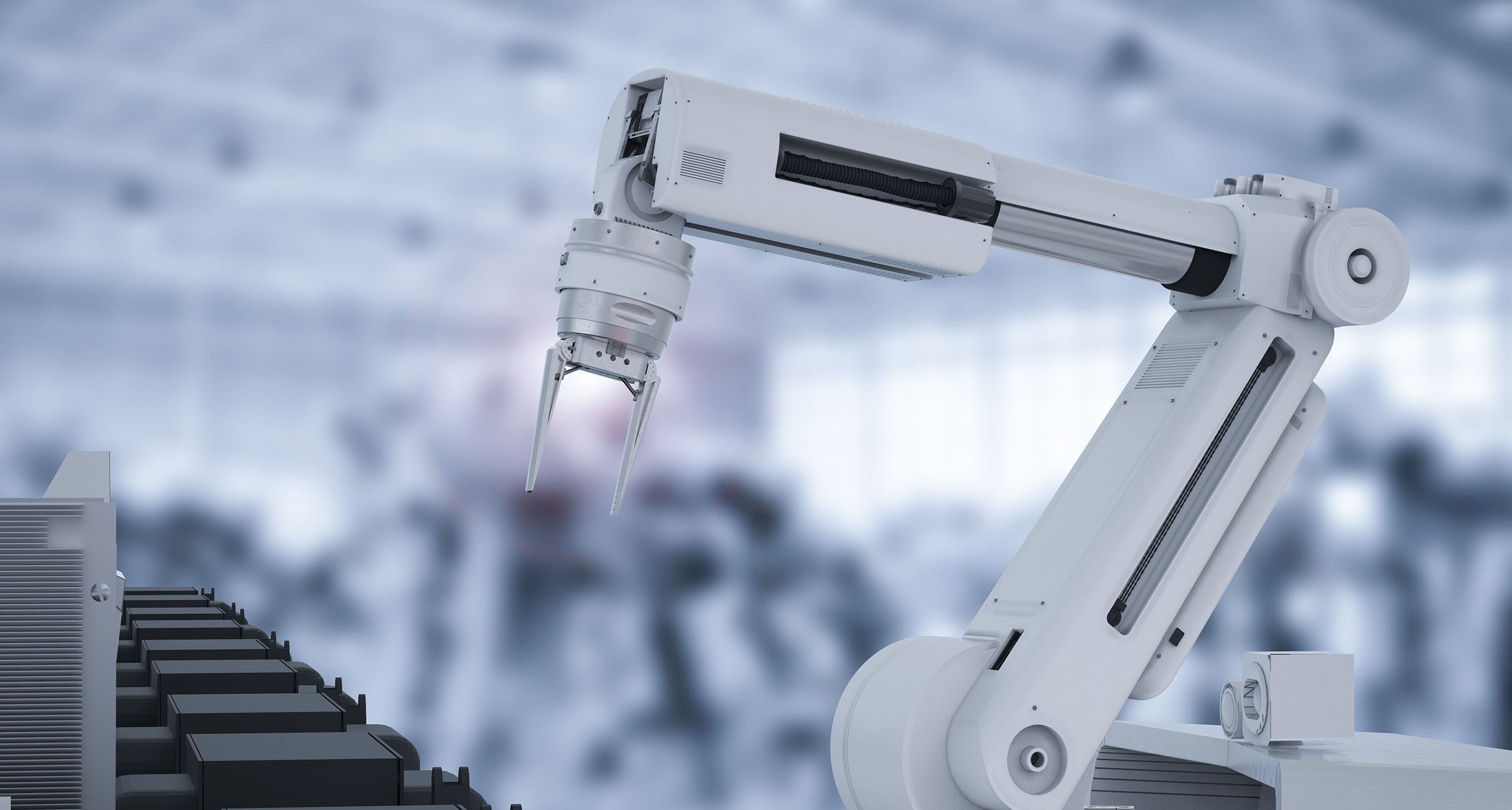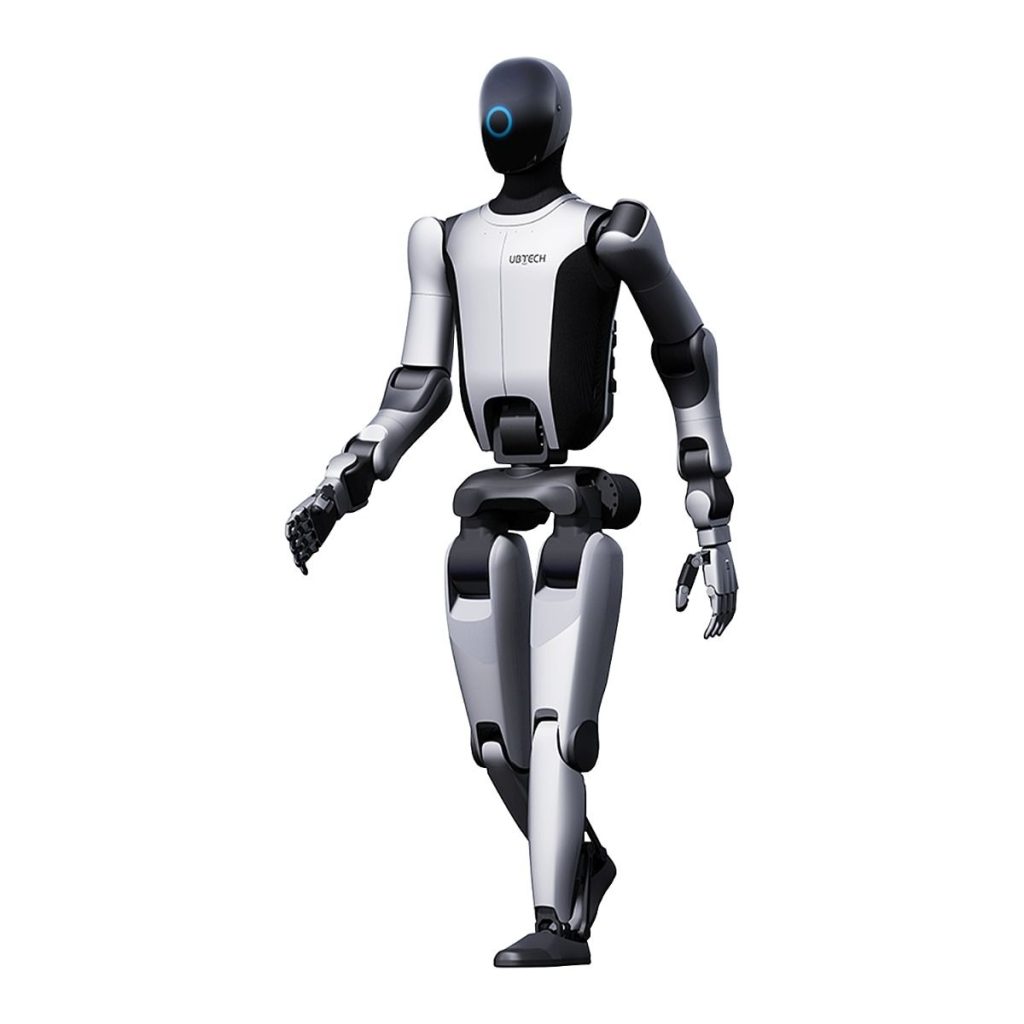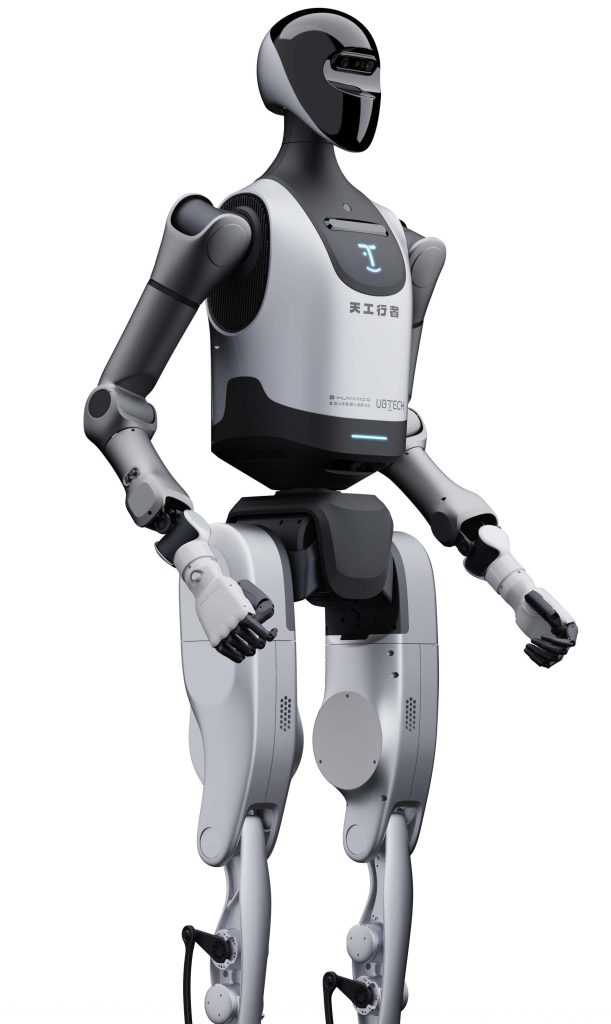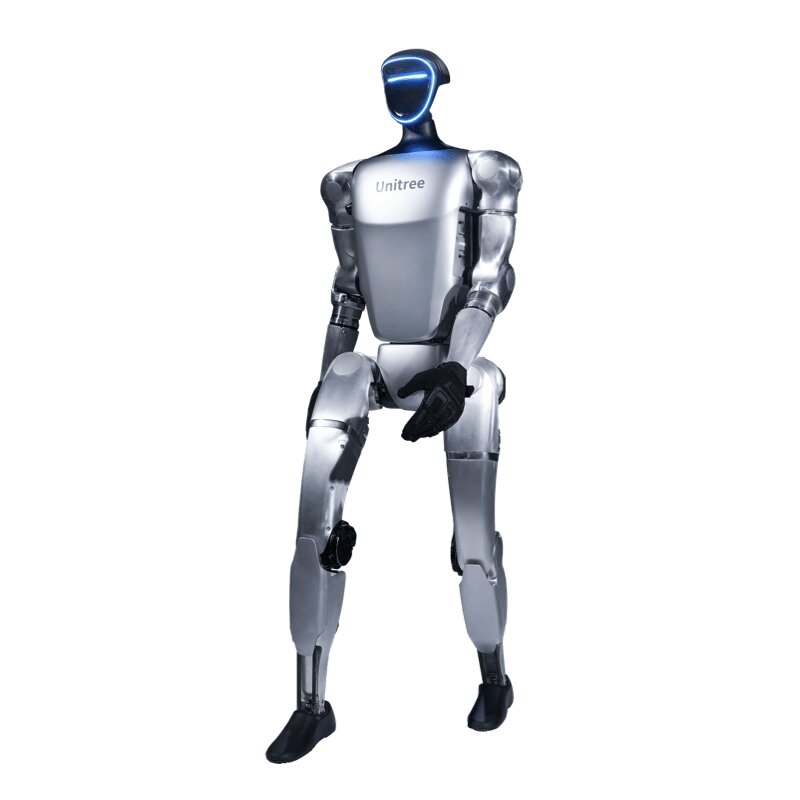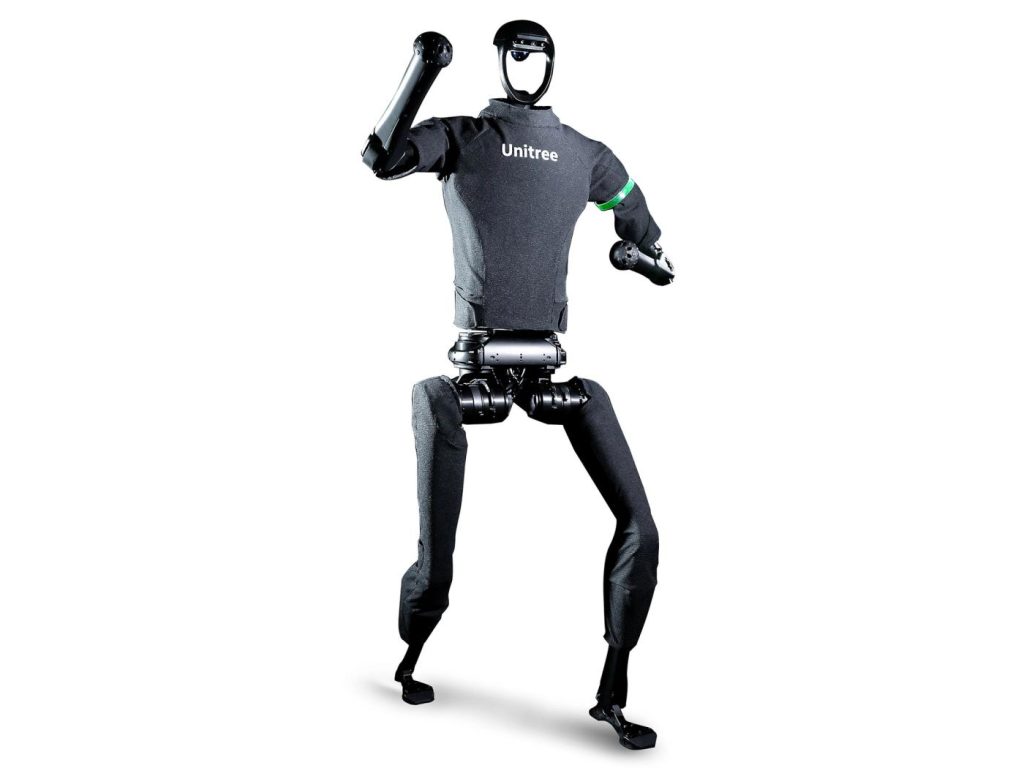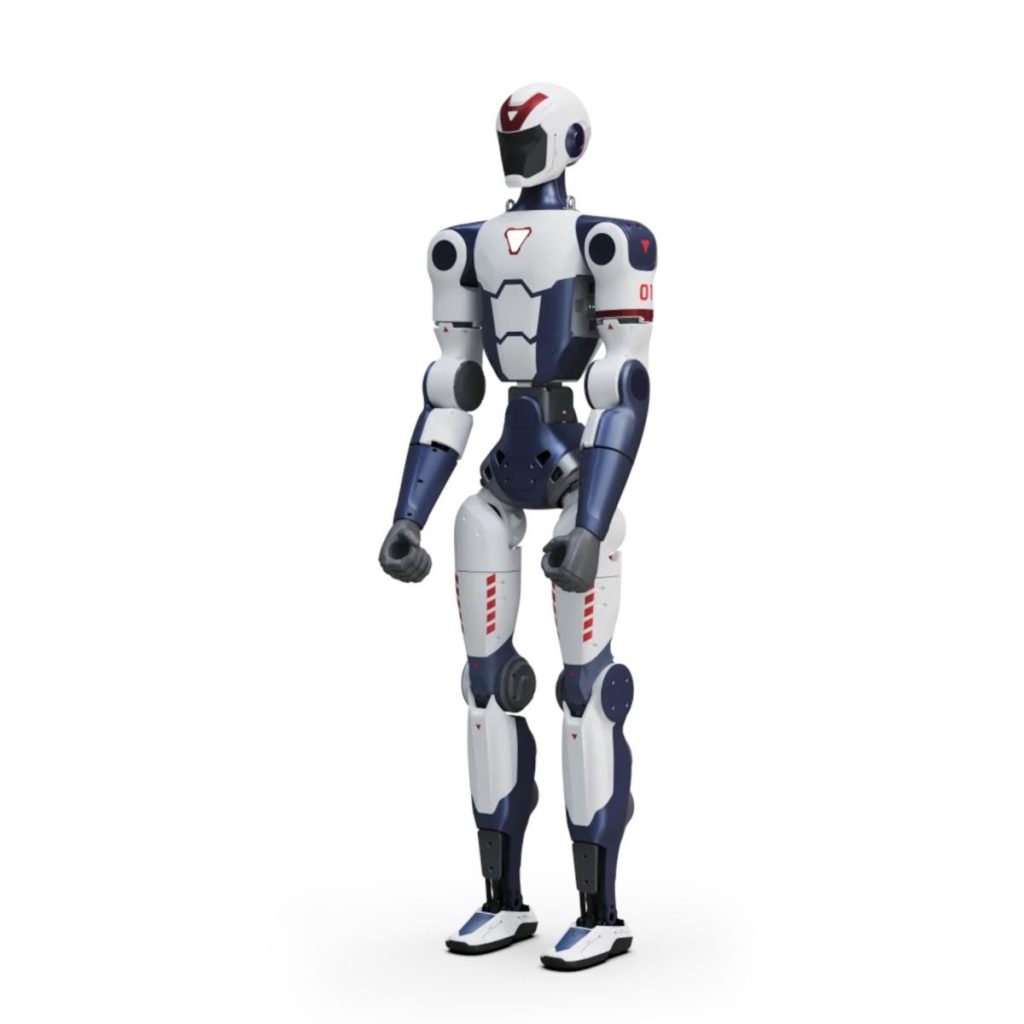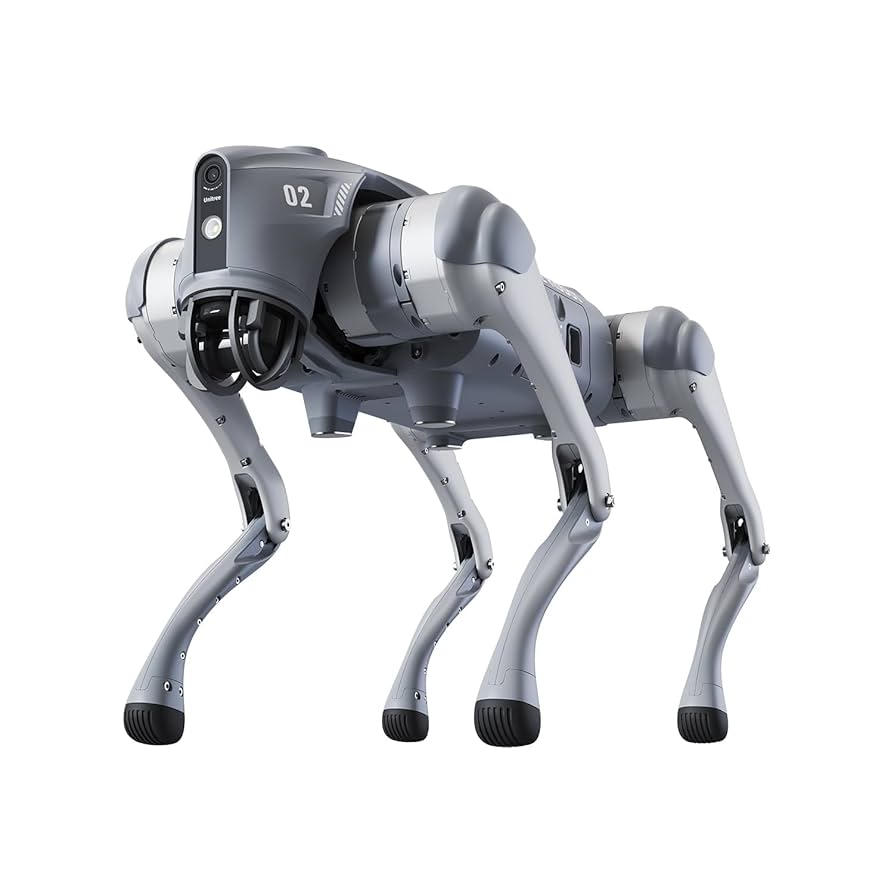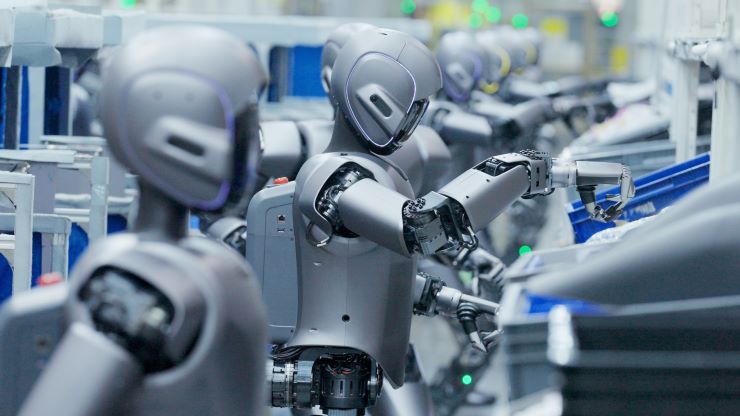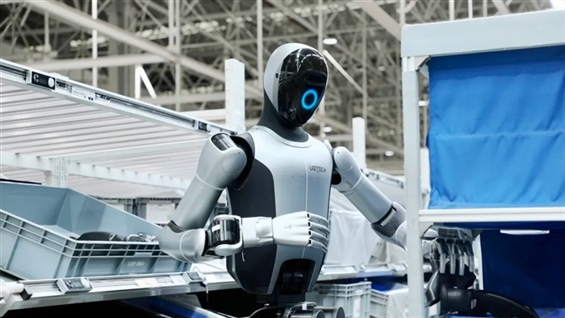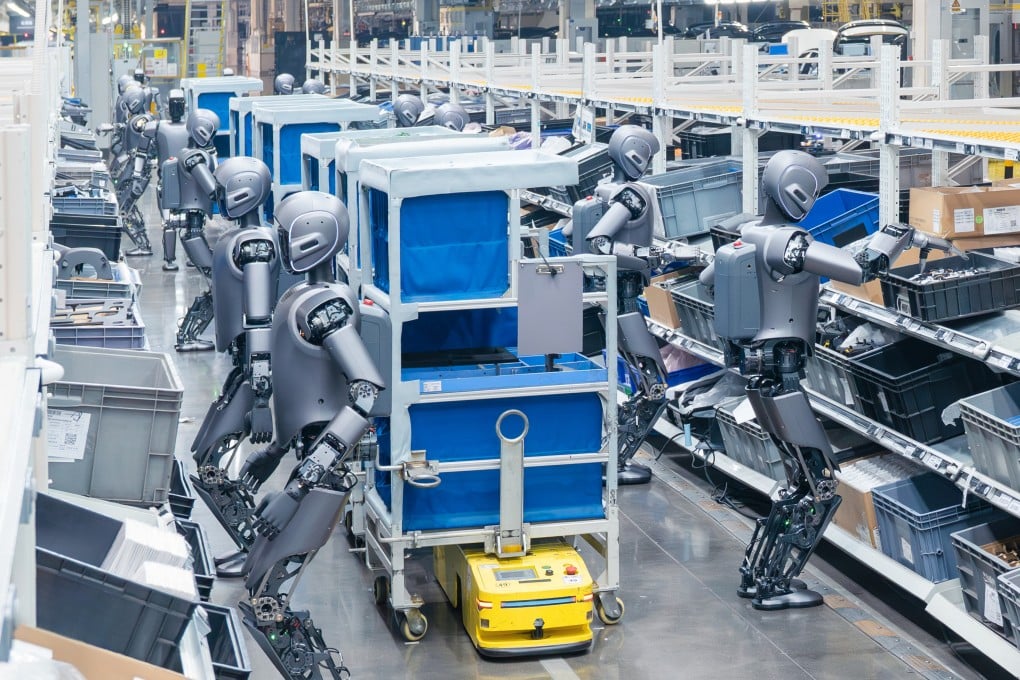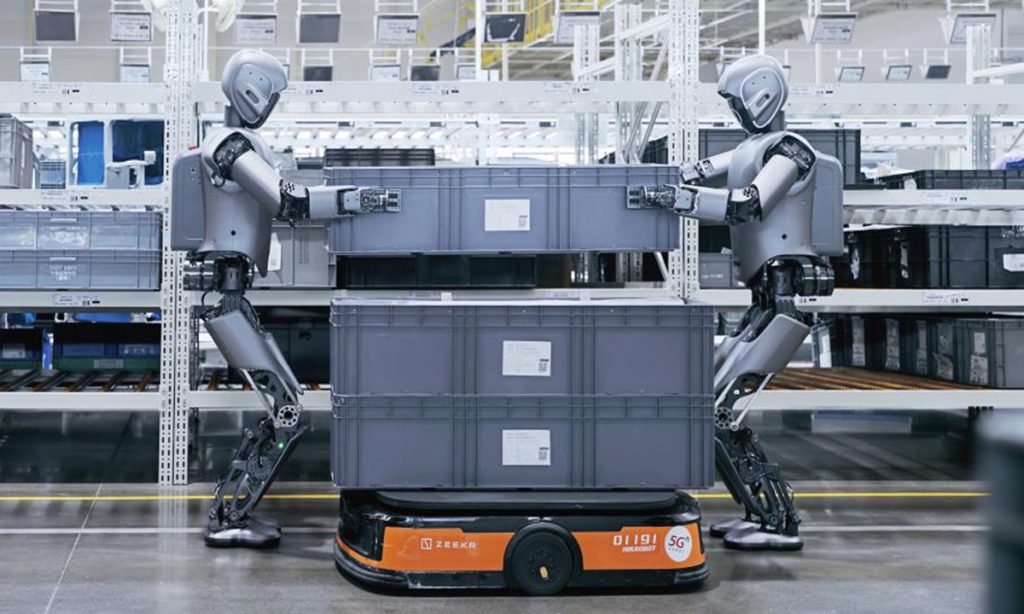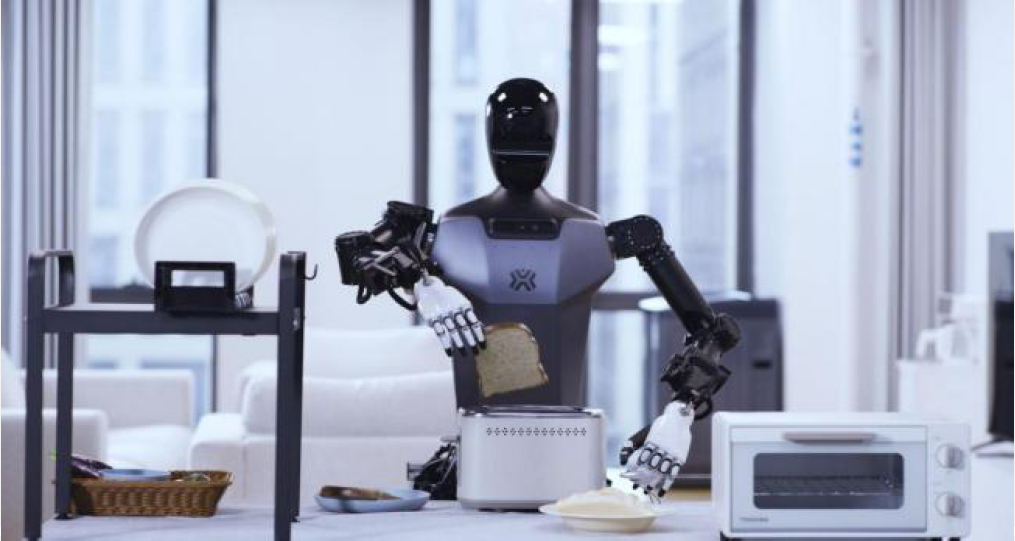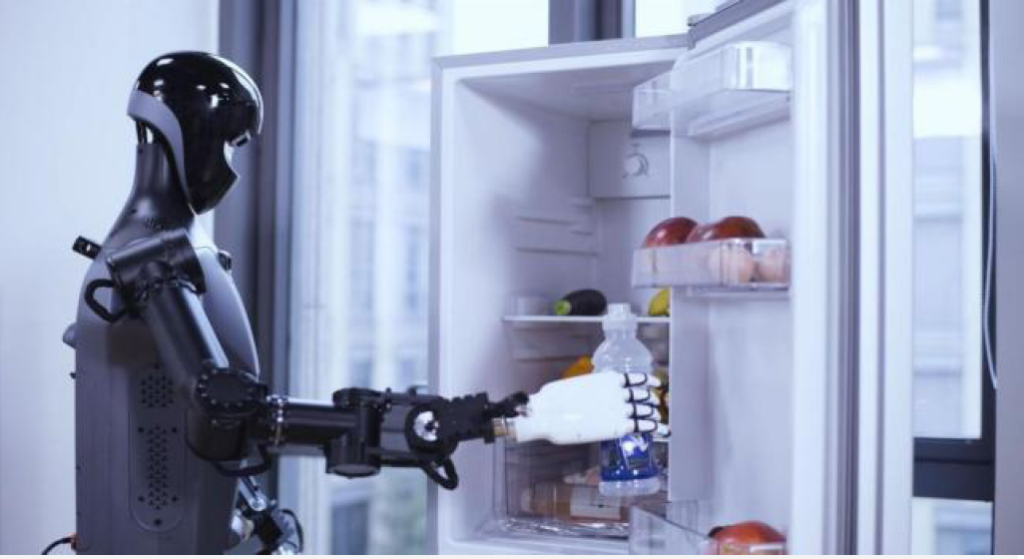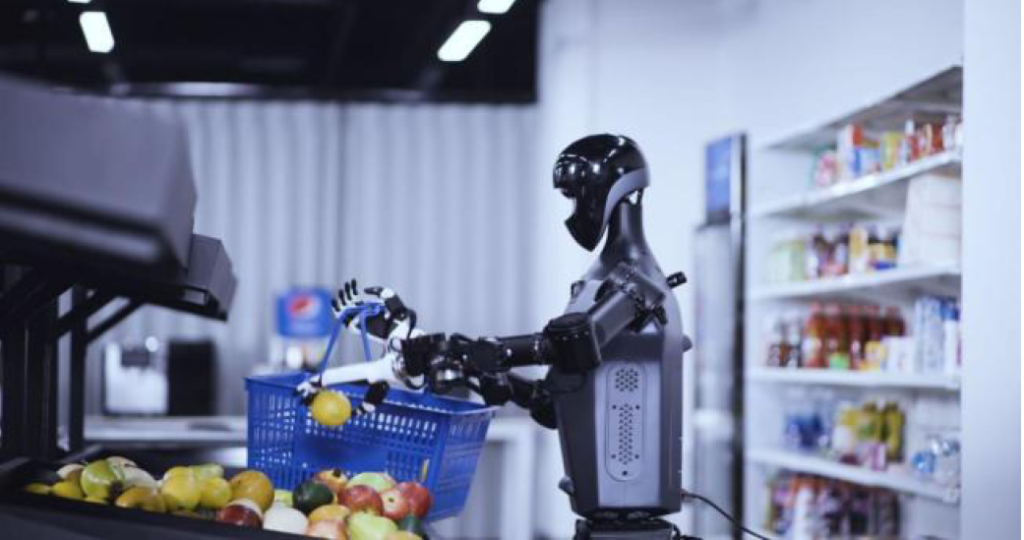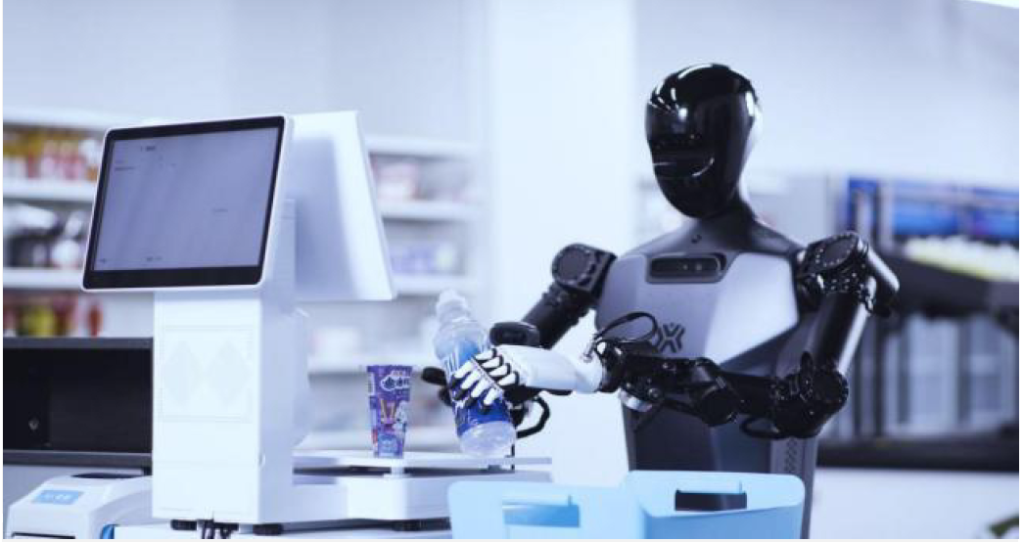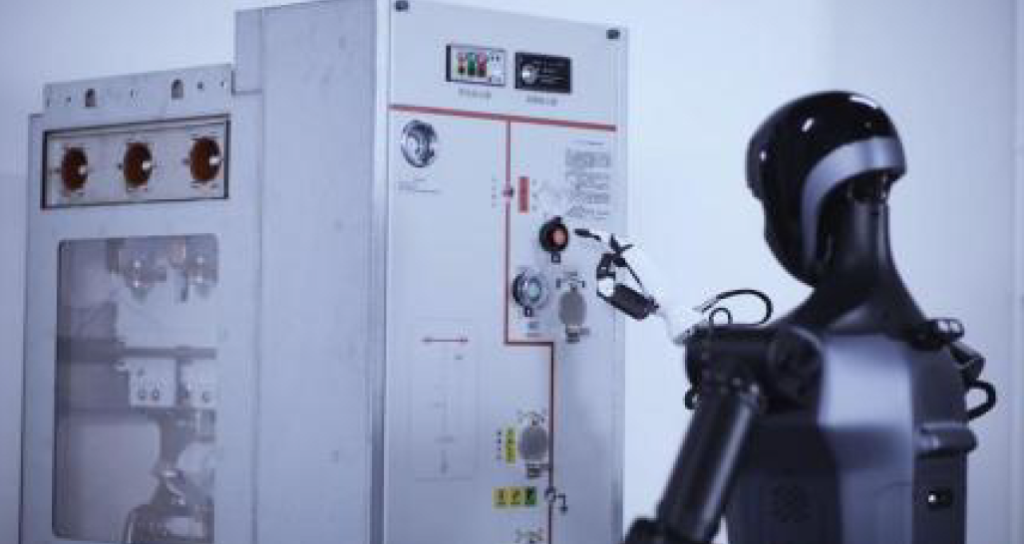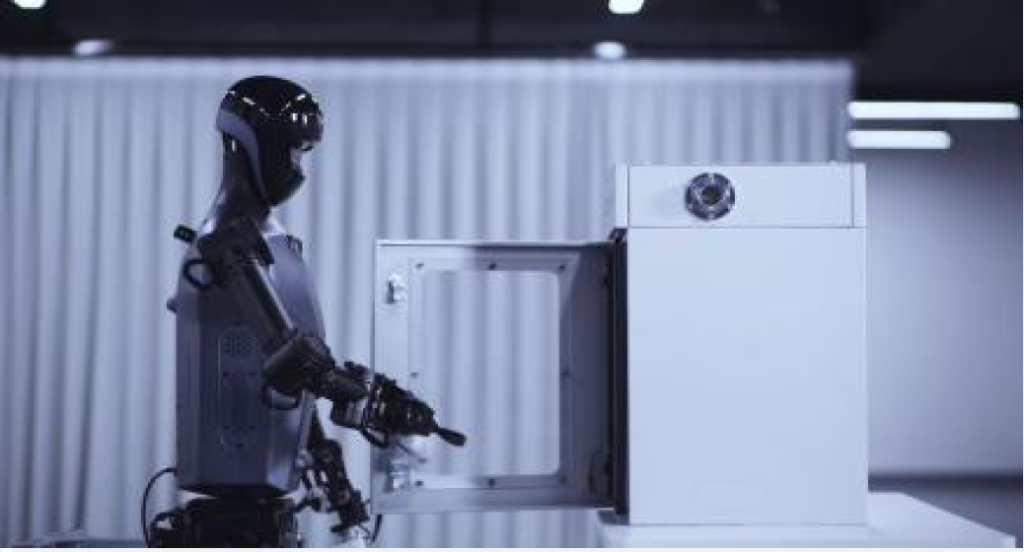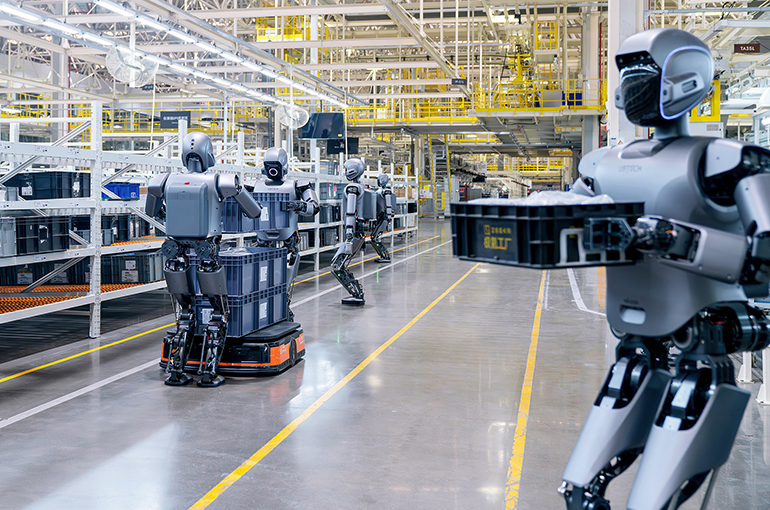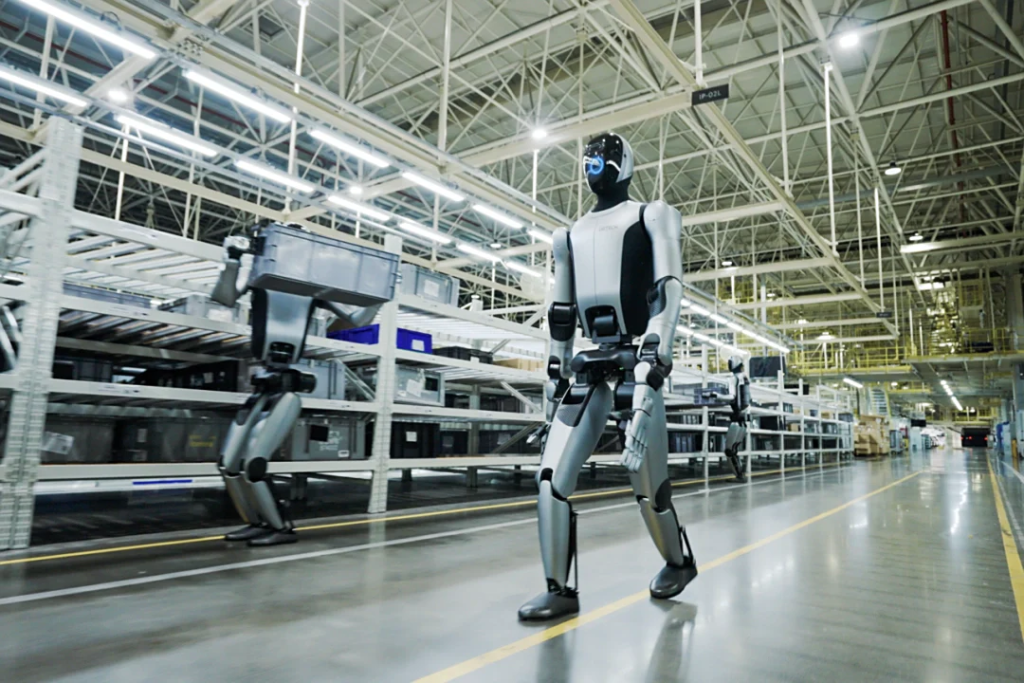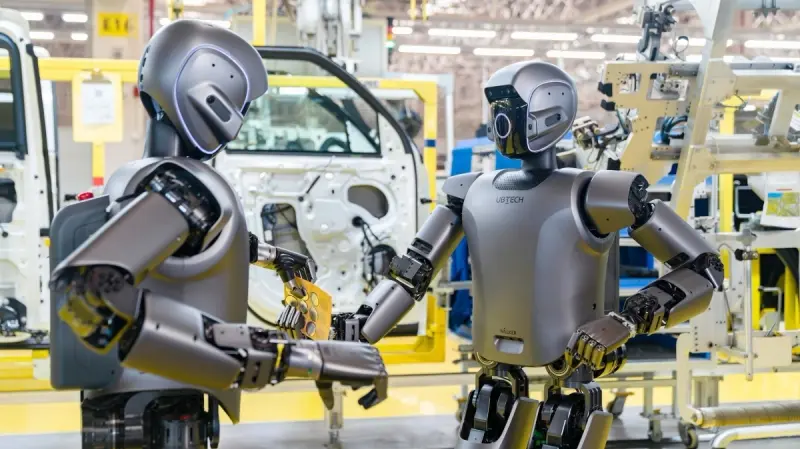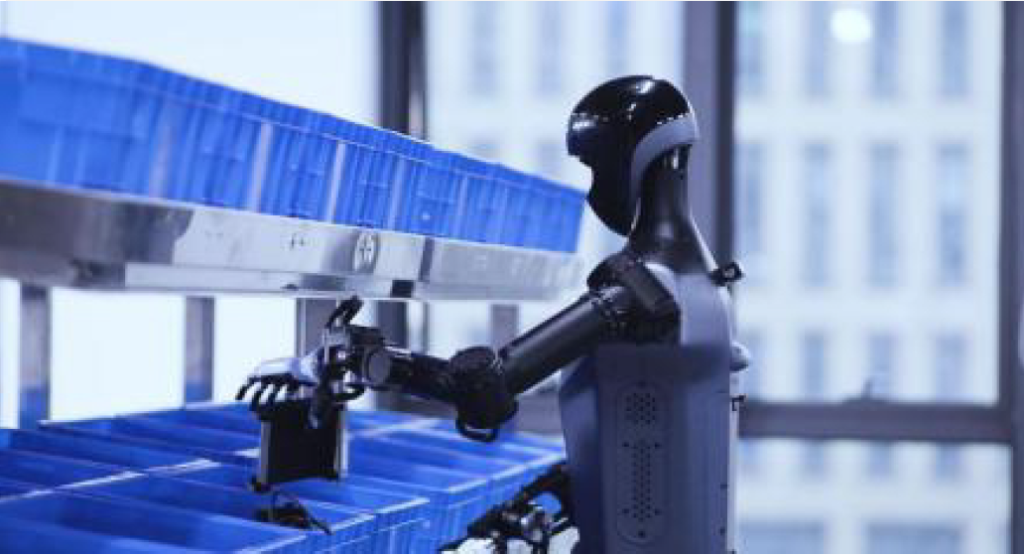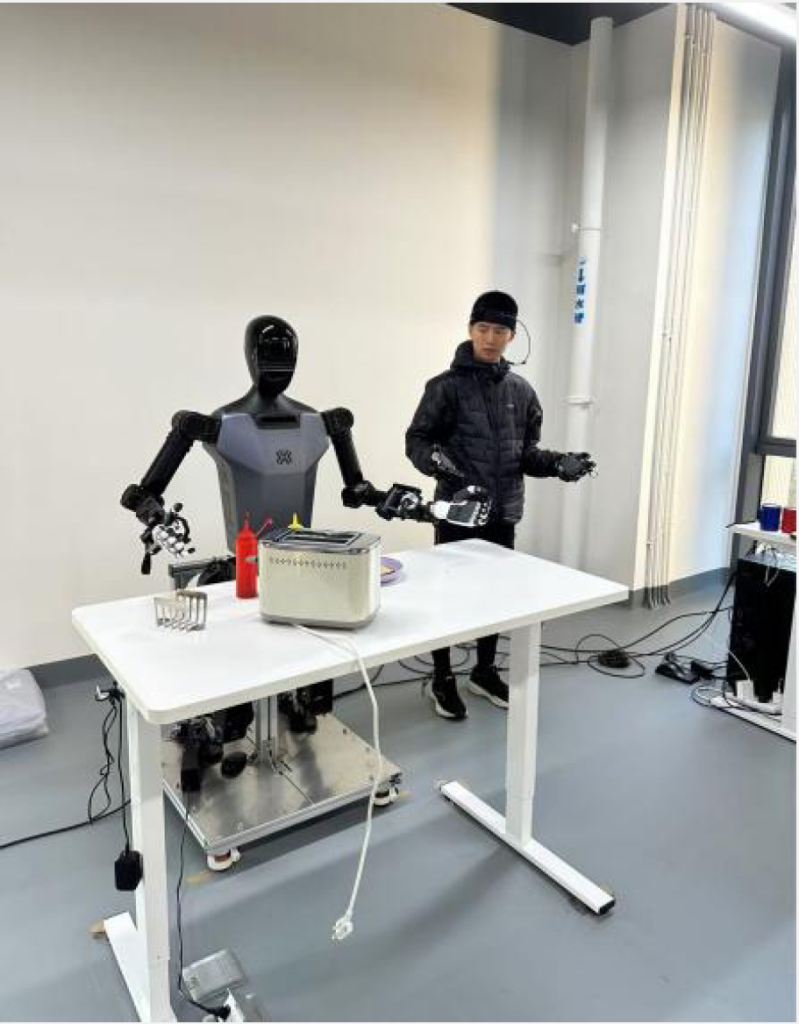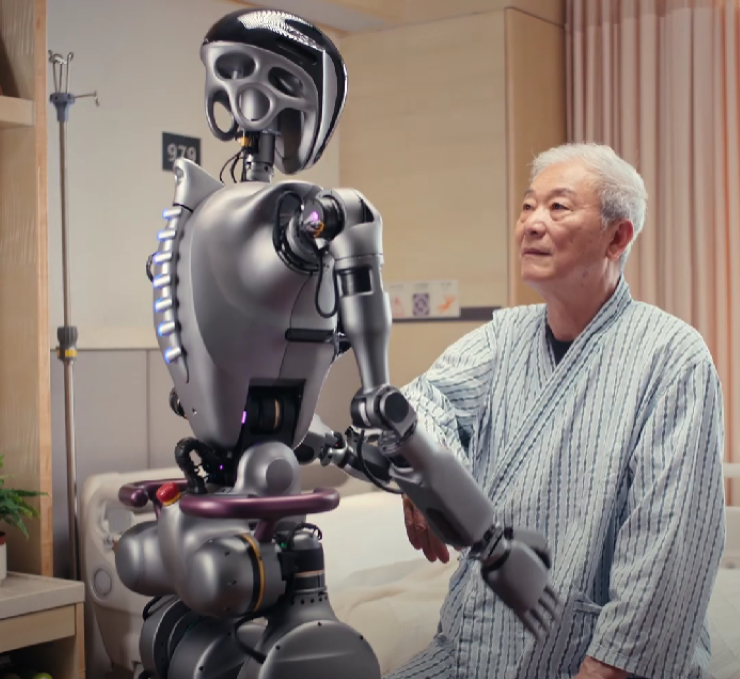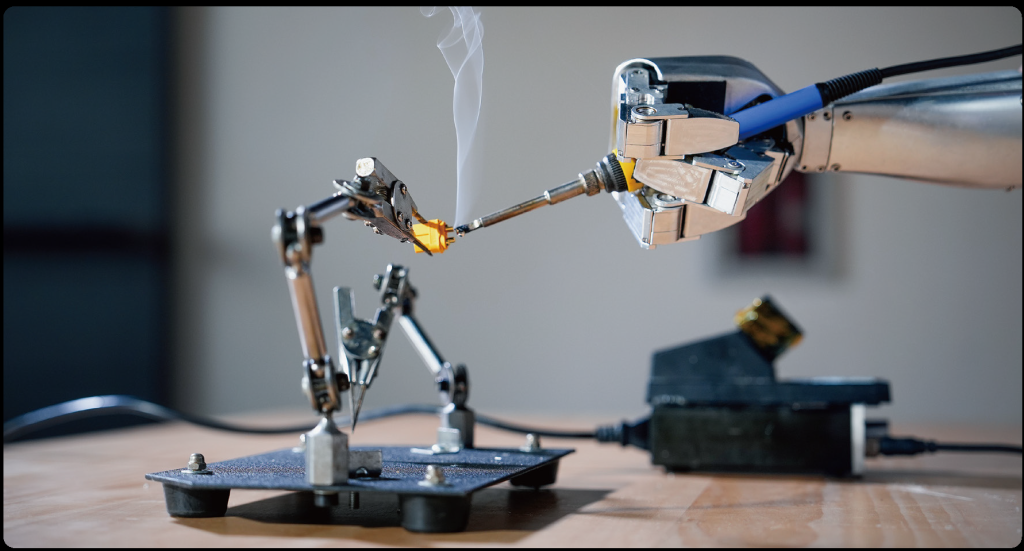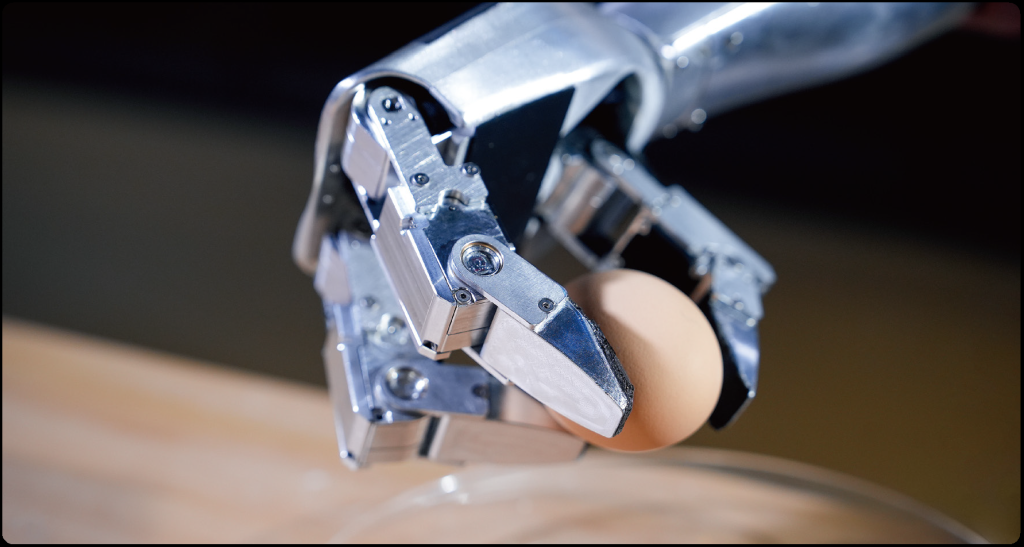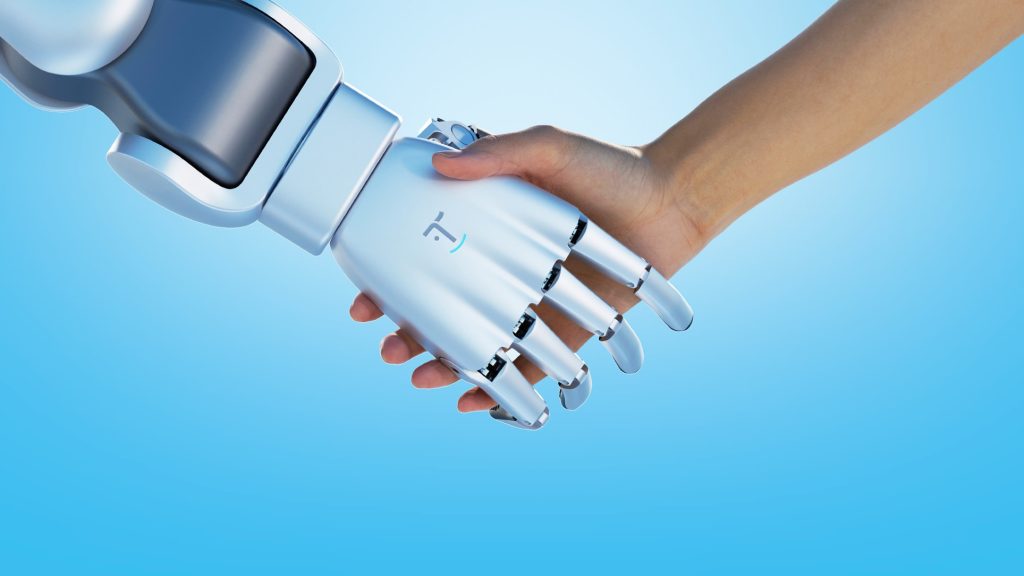In recent years, we have witnessed the fastest technological advancement in history: Artificial intelligence, automation and robotics are no longer just transforming industry – they are also reshaping how we understand work, creativity and collaboration.
A special chapter in this story is being written by humanoid robots – machines that move, perceive and think in ways that mimic human beings.
Once confined to science fiction novels, humanoid robots are now becoming real collaborators in manufacturing, logistics, education and even marketing. At HIPROJECT, we see them as the next step in the evolution of industry. Humanoid robots are becoming tools through which technology doesn’t replace humans – it gives them back their time, creativity and sense of purpose.
What are humanoid robots actually capable of?
Modern humanoid robots are the result of decades of development at the intersection of mechanics, electronics and artificial intelligence. Their goal is not to mimic humans in appearance, but in functionality: they navigate through space, perceive their environment, communicate with people and learn from experience.
Thanks to advanced sensors, vision systems and artificial intelligence algorithms, humanoid robots are capable of performing complex tasks. This includes everything from precise object manipulation to safe interaction with humans in the workplace. What was impossible just a few years ago is now a reality: a humanoid robot that can adapt to new environments, understand basic instructions and collaborate as part of a team.
Humanoid robots are increasingly appearing in industry, where they take over repetitive and physically demanding tasks while complementing the work of human employees. Their presence means fewer downtimes, greater precision and above all, more room for human creativity.
Why is the humanoid form essential?
The human-like form gives the robot something traditional industrial robots lack: adaptability. Because it has a body similar to that of a human, it can move through environments designed for people – up stairs, through doorways and between workstations. There’s no need to change the infrastructure, because the humanoid robot adapts to it.
This brings an entirely new level of integration: robots are no longer confined to fenced-off sectors but are becoming part of shared spaces. This creates a true synergy between humans and machines, which is the foundation of the Industry 5.0 paradigm that we at HIPROJECT live by and help create.
What’s even more important is that humanoid robots are not meant to replace humans, but to work alongside them. They are assistants, collaborators, communicators. That’s why they can be integrated into a wide variety of environments – from factories and schools to shopping centers and research laboratories.
Where are humanoid robots already being used?
In all of the examples listed below, the common thread is the same: the humanoid robot is not a competitor to humans, but a partner.
- In industry, humanoid robots enhance traditional automation.
- In logistics and warehouses, robots assist with transporting and sorting products, while in manufacturing, they take over monotonous tasks such as assembly, material handling or visual quality inspection.
- In education and marketing, humanoid robots are becoming interactive assistants – they capture attention, convey information and help create a positive brand experience.
- In healthcare and elderly care, robots bring a new dimension of support: they monitor vital signs, assist with daily tasks, and provide companionship to people who live alone or spend most of their day by themselves.
- In research institutions as well, humanoid robots are becoming an essential part of experiments, where artificial intelligence algorithms, motion systems, and communication methods are being tested. Their use paves the way for the development of new materials, ergonomic principles, and safety standards.
Humanoid Robots at HIPROJECT: Turnkey Solutions
At HIPROJECT, we don’t sell humanoid robots as off-the-shelf products, but as fully customized turnkey solutions. Every project begins with a deep understanding of your work environment and challenges. Our team programs the robot, adapts it to specific tasks, connects it with existing systems, and integrates it into your workflows.
This means that with us, you receive a comprehensive solution that includes design and implementation, testing, staff training, and maintenance.
Our humanoid robots are not mass-produced models, but purpose-built collaborators that increase efficiency and reliability while reducing costs and errors.
Because the robots are fully integrated into your infrastructure, they don’t operate separately, but as a natural part of the production ecosystem. This allows you to maintain oversight, control, and flexibility — three values that are essential to modern industry.
The Role of Artificial Inteligence
At the core of every humanoid robot is artificial intelligence. It allows the robot not only to follow pre-programmed instructions but also to learn from data, recognize patterns in the environment, and adapt its behavior. At HIPROJECT, we use our own algorithms and analytics systems to ensure that the humanoid robot becomes more accurate, faster, and more autonomous over time.
The connection between artificial intelligence and robotics lies at the heart of the Industry 5.0 concept — a future that is already becoming reality, where technology doesn’t replace humans but empowers them to focus on strategic, creative, and meaningful work. In practice, this means spending less time on routine tasks and having more room for decision-making, innovation, and development. Humanoid robots take over repetitive duties, while humans guide, plan, and improve processes.
Why Is Now the Time for Humanoid Robots?
Humanoid robots are no longer a distant future. Research shows that the global humanoid robotics market is expected to grow by more than 30% annually over the next five years. There are several reasons for this: labor shortages, the need for higher productivity, the desire for improved workplace safety, and the increasing accessibility of advanced technology.
In many industries, there is a growing trend of ‘smart automation,’ which combines human intuition, data analytics, and machine precision. Humanoid robots represent the next logical step in this evolution. Companies that embrace this transformation in time will gain a decisive advantage—not only in cost efficiency but also in fostering an innovative culture that attracts new generations of employees.
Being fast and early means understanding that the future is not just digital but also human-digital.
Humanoid Robots as a Bridge Between Humans and Machines
Industry 5.0 emphasizes that technology must serve humans, not the other way around. Humanoid robots perfectly embody this philosophy. They prove that technology can mimic humans without displacing them, and that artificial intelligence can collaborate with natural intelligence.
When a humanoid robot enters production, it doesn’t take control but adds a new layer of precision, safety, and reliability. Humans and robots share space, tasks, and responsibility. The result is higher quality, fewer errors, and greater added value.
This also transforms organizational culture: companies implementing humanoid robots become environments where employees don’t lose jobs but gain new opportunities—where automation doesn’t mean alienation but more time for learning and creativity.
Your Future with Us
If you are considering automation or digital transformation, now is the right time to take the next step.
At HIPROJECT, we develop turnkey humanoid robotic solutions — fully programmed, tested, and ready to work in your environment.
“Our engineers take care of everything: from technical design and programming to complete integration and ongoing support. Each solution is tailored to your processes, optimized for energy efficiency, and built with the future in mind.
Welcome to the future of industry, where robots don’t replace jobs but empower you to perform them better.
Because the future won’t wait. But with us, you can shape it.

